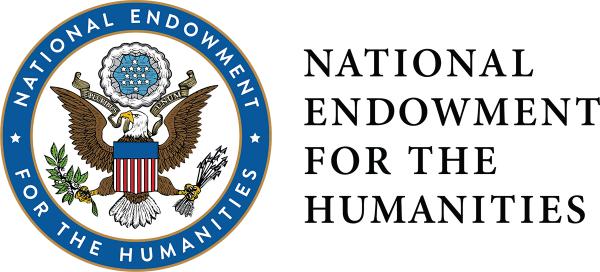
The National Endowment for the Humanities Collections and Reference Resources (Division of Preservation and Access) awarded The Treasury of Lives an 18-month (2017-2019) grant to support planning for the long-term sustainability of The Treasury of Lives. The planning project supported enhancements in data management, editorial standards, refinement of dynamic map and geodata, search optimization and public engagement for the online encyclopedia.
The National Endowment for the Humanities Collections and Reference Resources (Division of Preservation and Access) awarded The Treasury of Lives a 3-year (2020-2023) implementation grant for the expansion of encyclopedia content and redevelopment of its technical infrastructure to implement the principles of linked open data.
Any views, findings, conclusions, or recommendations expressed do not necessarily represent those of the National Endowment for the Humanities.
































































































